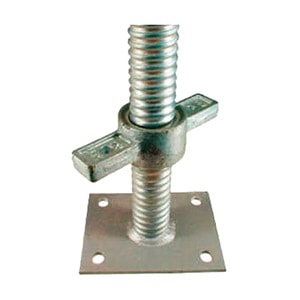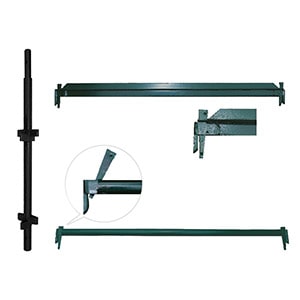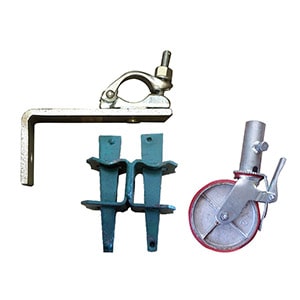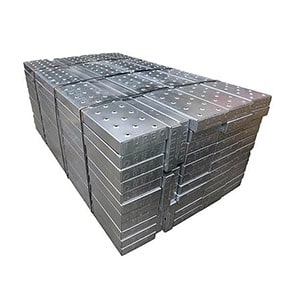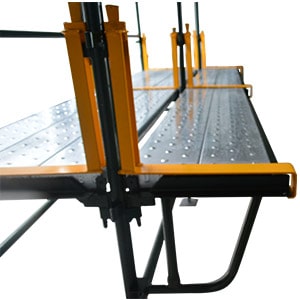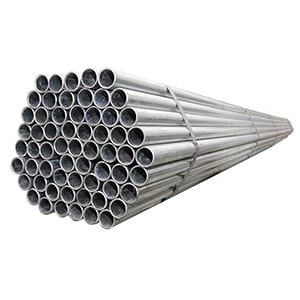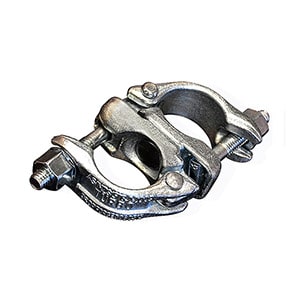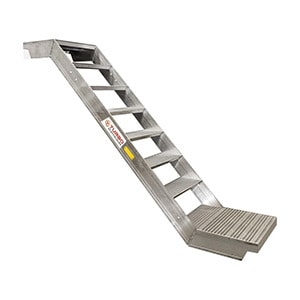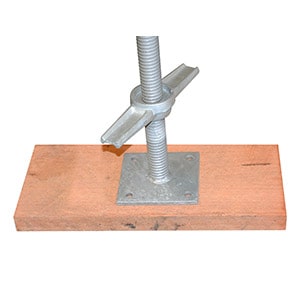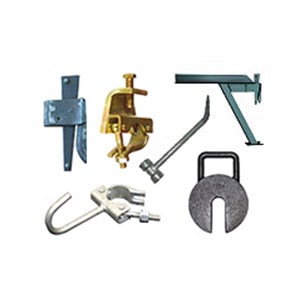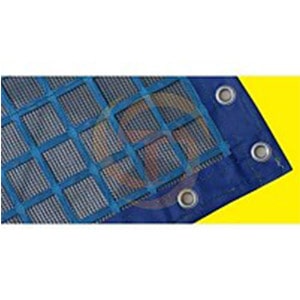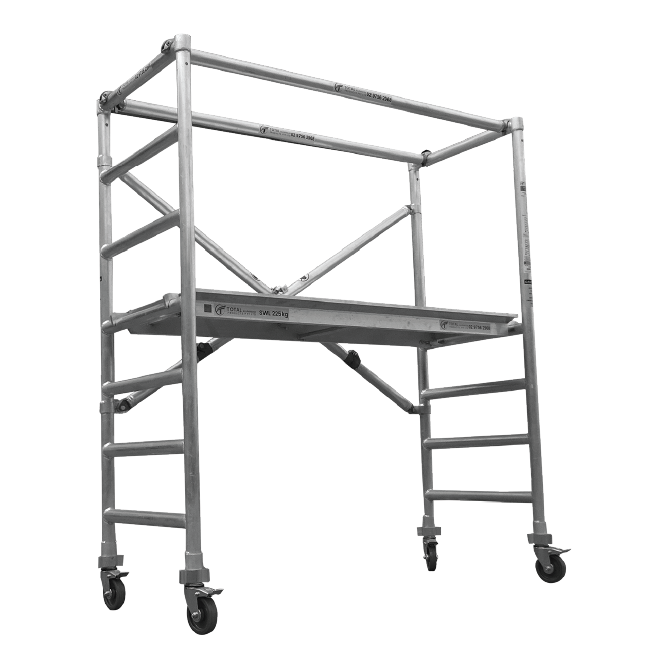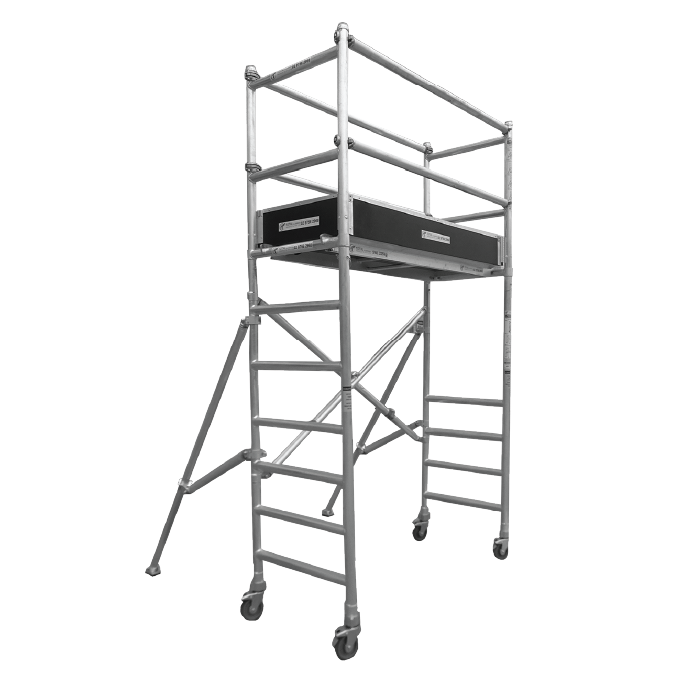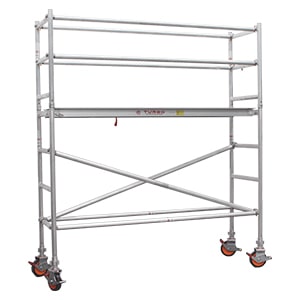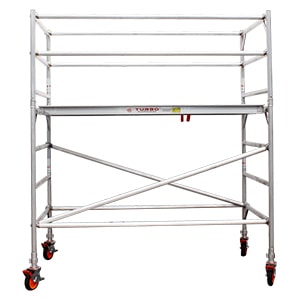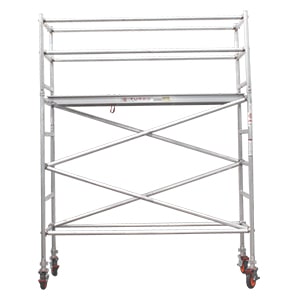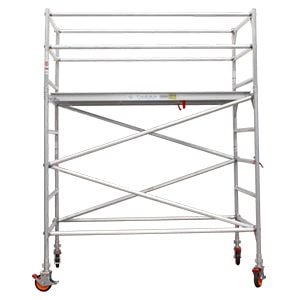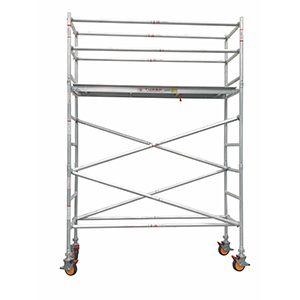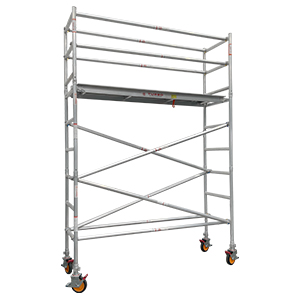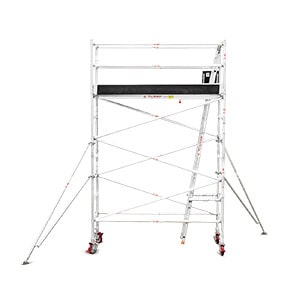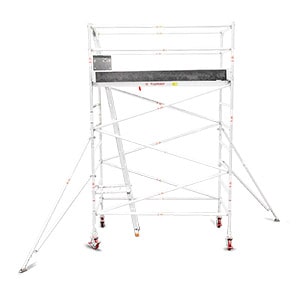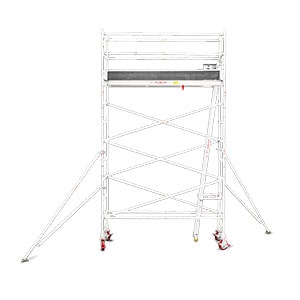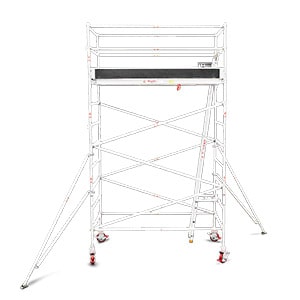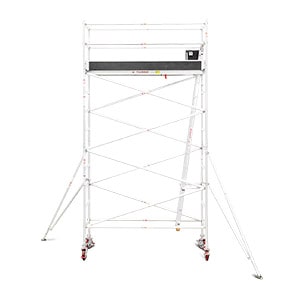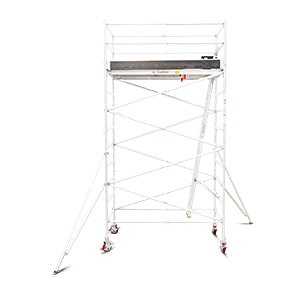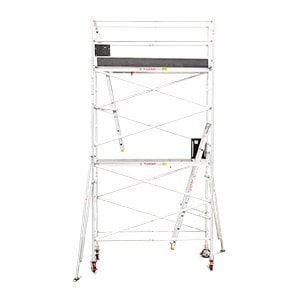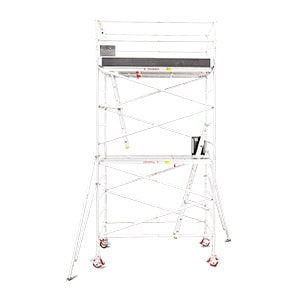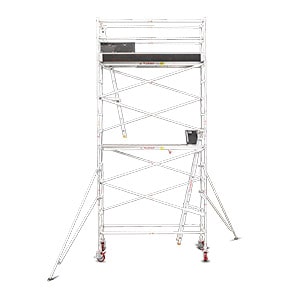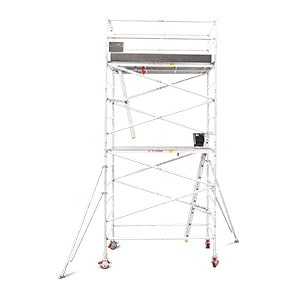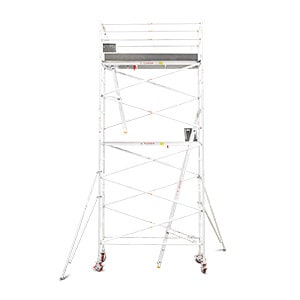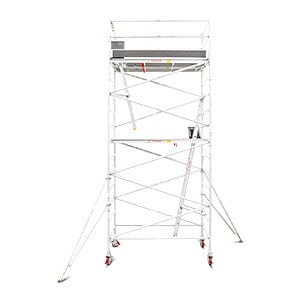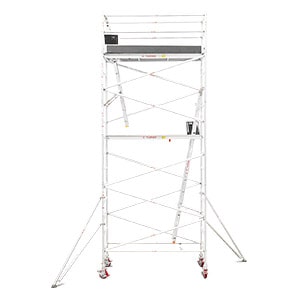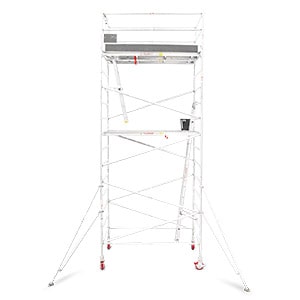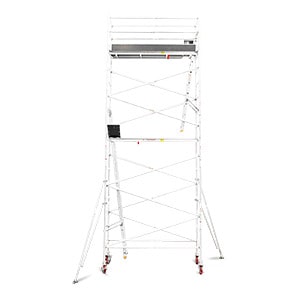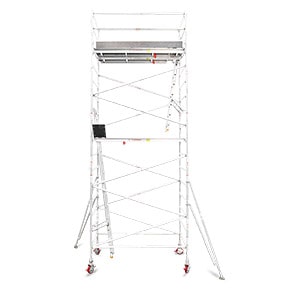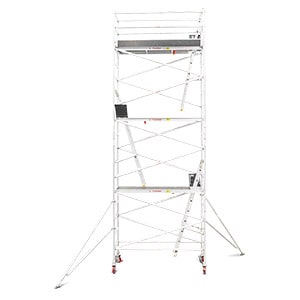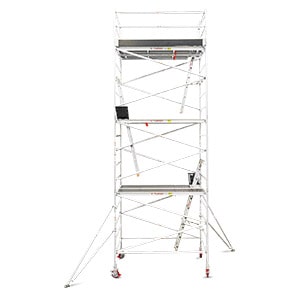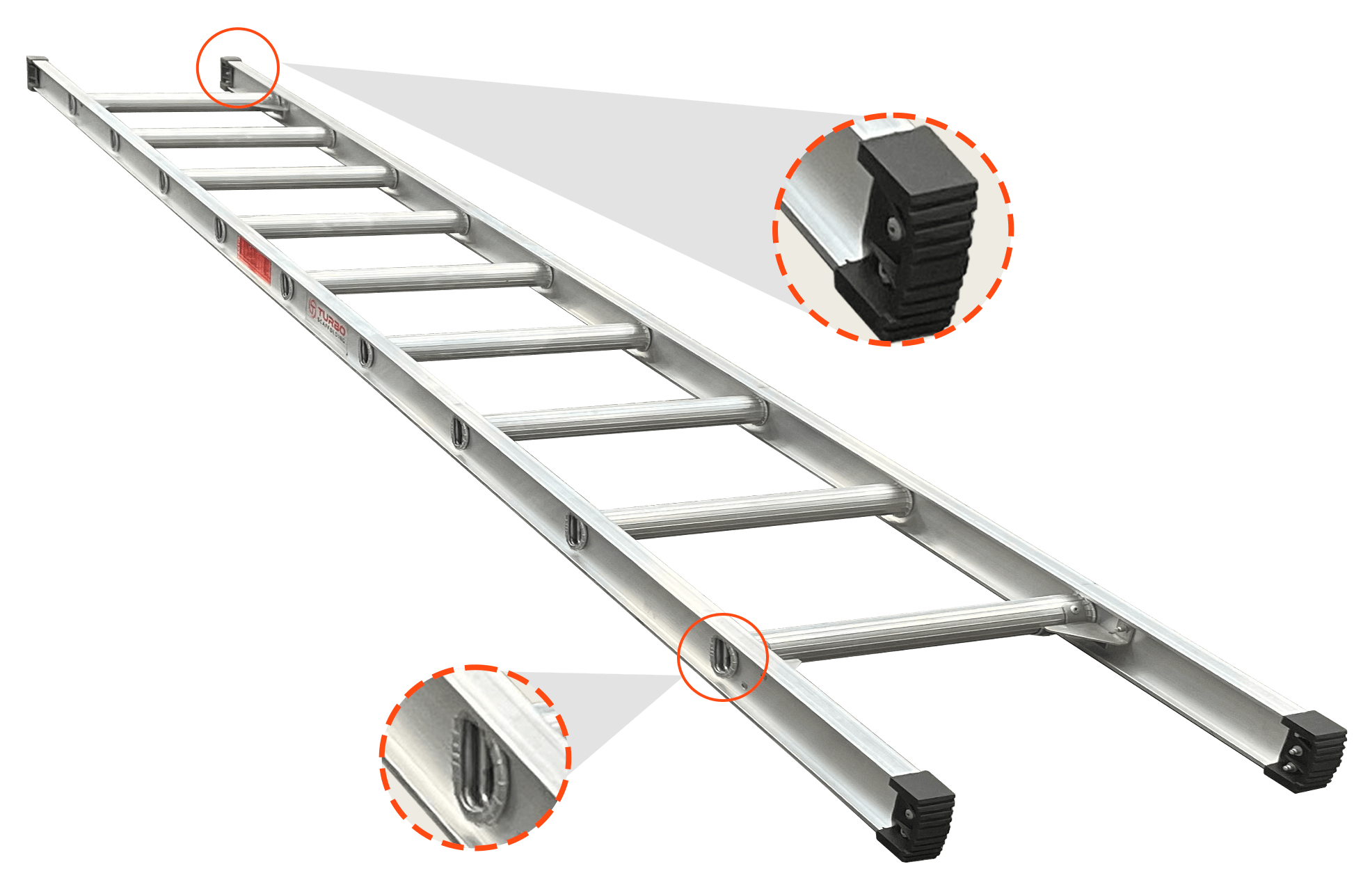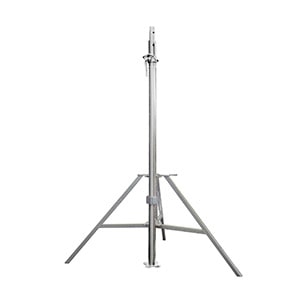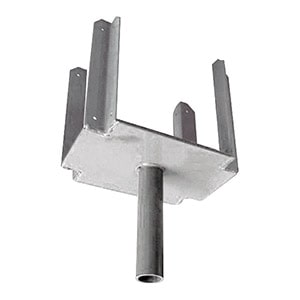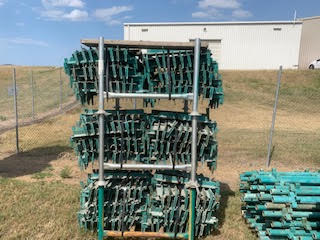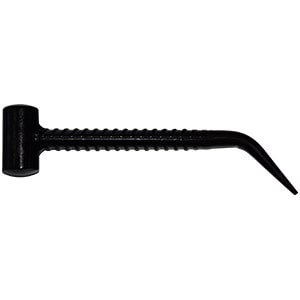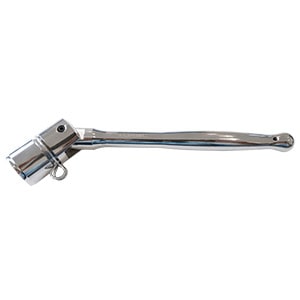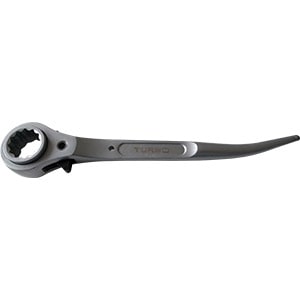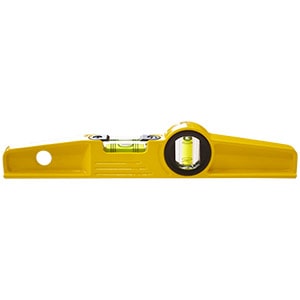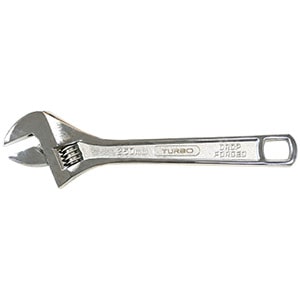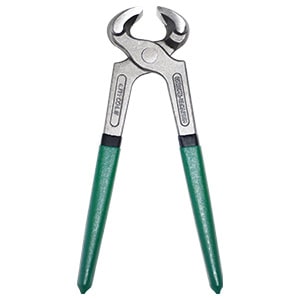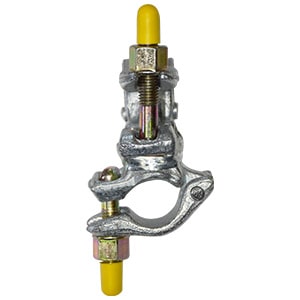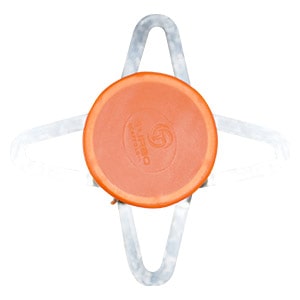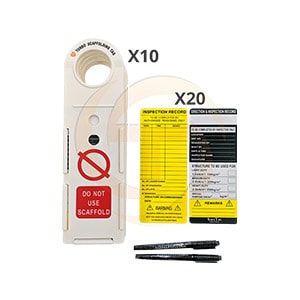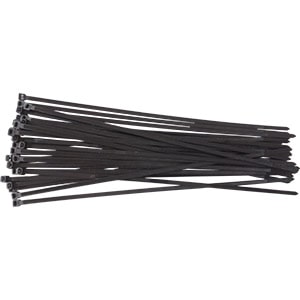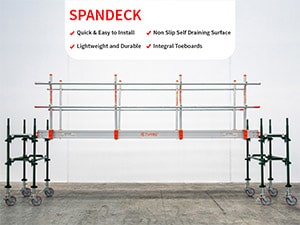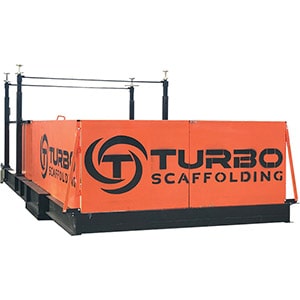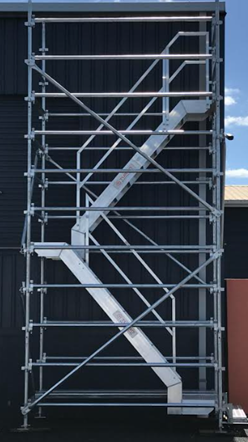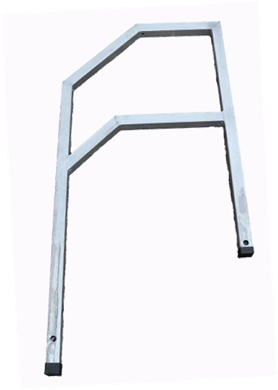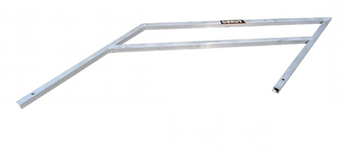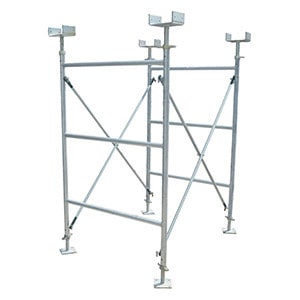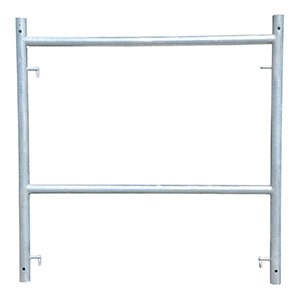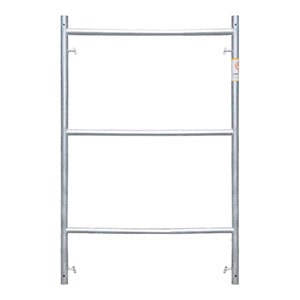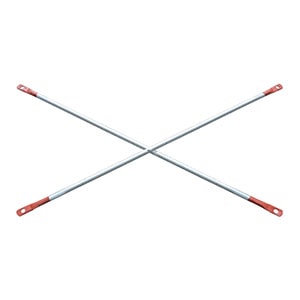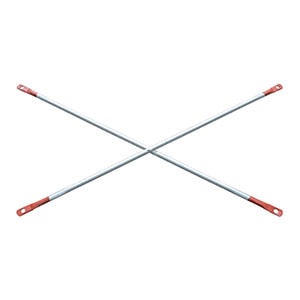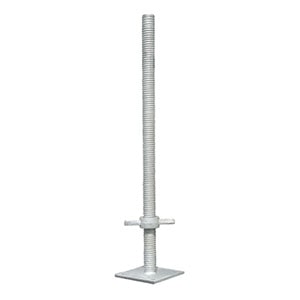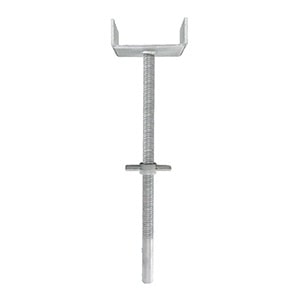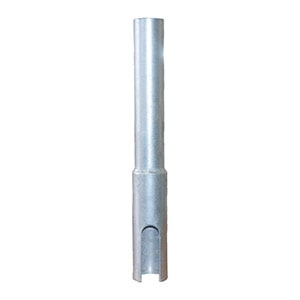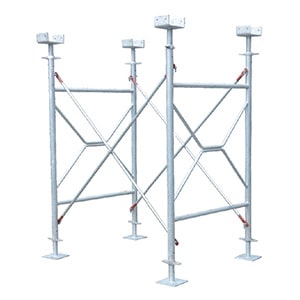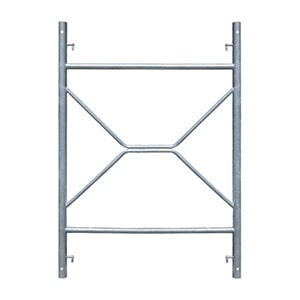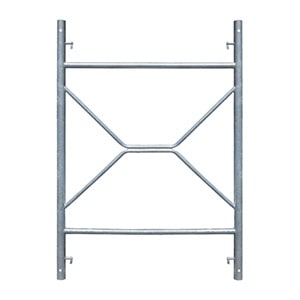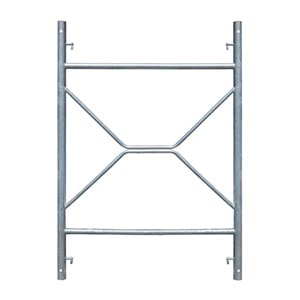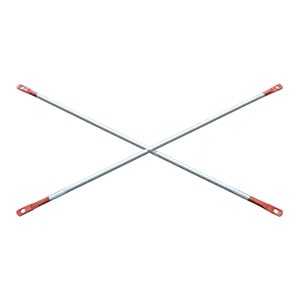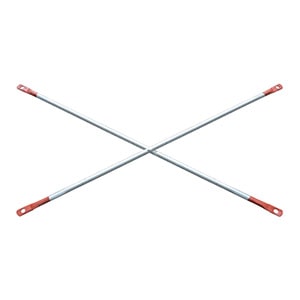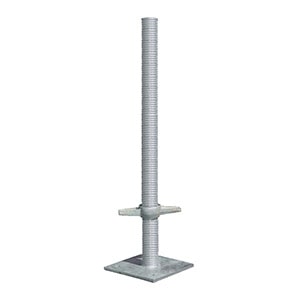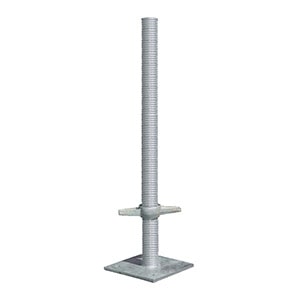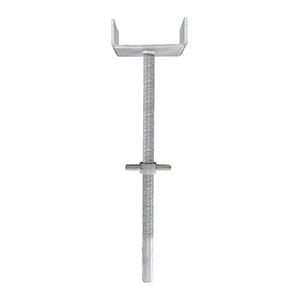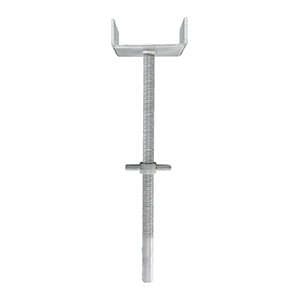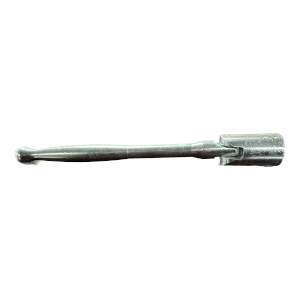Today, sustainability is crucial across industries, including construction. With projects becoming more complex and demanding, the environmental impact of materials used is under scrutiny. Scaffolding, an essential component of any construction site, plays a significant role in this conversation. The choice of scaffolding materials can affect the overall environmental footprint of a project. Here, we will explore the ecological impact of various scaffolding materials, sustainable scaffolding alternatives, and strategies to reduce environmental harm while ensuring structural efficiency.
I. Evaluating the Environmental Impact of Popular Scaffolding Materials
Scaffolding materials such as steel, aluminium, and timber have unique environmental considerations. Understanding these impacts can help construction companies make informed choices.
- Aluminium Scaffolding: Aluminium scaffolding is lightweight, offers corrosion resistance, and has a long lifespan. Like steel, recycling aluminium is possible, reducing waste and environmental strain. However, the extraction and processing of aluminium from bauxite ore are energy-intensive and contribute to ecological damage. Choosing a used mobile aluminium scaffold for sale can be an eco-friendly alternative that extends the lifecycle of materials.
- Steel Scaffolding: Steel is a widely used material due to its durability and recyclability. It offers excellent strength, and reuse is possible. However, the production of steel scaffolding has a high environmental cost. Manufacturing processes consume vast energy, release significant carbon emissions, and involve resource-intensive mining. Despite these drawbacks, opting for recycled steel can help reduce environmental harm.
- Timber Scaffolding: Timber scaffolding is less common in modern construction, and some areas still use it. As a renewable resource, timber can be a sustainable choice if sourced responsibly from managed forests. However, due to deforestation and habitat destruction, you must consider the carbon footprint of processing timber when opting for this material.
II. Exploring Sustainable Scaffolding Alternatives
With growing awareness about environmental conservation, the construction industry is embracing more sustainable scaffolding solutions. Here are some eco-friendly options that align with green building practices:
- Composite Materials: Innovative composite scaffolding materials combine the strengths of traditional options with sustainability benefits. These materials, which may include recycled plastics and fibreglass, offer durability while significantly reducing environmental impact. Scaffolding suppliers in Brisbane and Melbourne are increasingly exploring composite options as a viable alternative.
- Modular and Reusable Scaffolding Systems: Modular scaffolding systems are designed for repeated use, making them an excellent choice for sustainability. They allow for easy assembly and disassembly, reducing waste and reducing the need for new materials. Companies looking to buy mobile scaffolds can benefit from these cost-effective and eco-conscious systems.
- Bamboo Scaffolding: Bamboo, a rapidly renewable resource, has been used for centuries in some parts of the world. It is lightweight, strong, and biodegradable, making it an eco-friendly alternative to conventional materials. Although its use is more common in Asia, efforts are being made to introduce bamboo scaffolding to other markets as a sustainable solution.
III. Strategies to Reduce the Environmental Footprint of Construction Projects
Beyond material choices, there are several strategies construction companies can adopt to reduce their ecological impact:
- Source Materials Locally: Purchasing scaffolding for sale in Melbourne and Brisbane from local suppliers reduces transportation emissions and supports regional businesses, contributing to a lower carbon footprint.
- Use Recycled and Recyclable Materials: Opting for scaffolding materials that have been recycled or can be recycled at the end of their lifecycle helps reduce the demand for new raw materials and lowers overall waste.
- Implement a Circular Economy Approach: Construction firms can benefit from adopting a circular economy mindset by reusing scaffolding materials across different projects. This approach extends the lifespan of materials and conserves resources.
- Conduct Environmental Impact Assessments: Before beginning a project, conducting an environmental impact assessment can help identify areas for sustainability improvements, ensuring the choice of eco-friendly scaffolding options.
- Training and Awareness Programs: Educating construction teams on sustainable practices, proper material handling, and efficient scaffolding use can reduce waste and optimise material longevity.
Contact Turbo Scaffolding
IV. Embracing Sustainable Practices for a Greener Tomorrow
Choosing sustainable scaffolding options and implementing eco-conscious strategies are crucial steps in minimising the environmental impact of construction projects. With advancements in materials and practices, it is possible to manufacture scaffolding while maintaining safety and efficiency.
Turbo Scaffolding offers an array of aluminium scaffolding products to meet the diverse needs of industries across Australia. If you want to buy a mobile scaffold or explore a used mobile aluminium scaffold for sale, we have you covered. Contact us today for scaffolding for sale in Melbourne and Brisbane.

